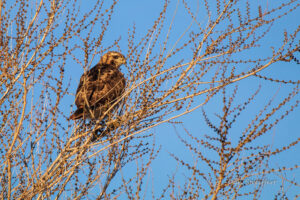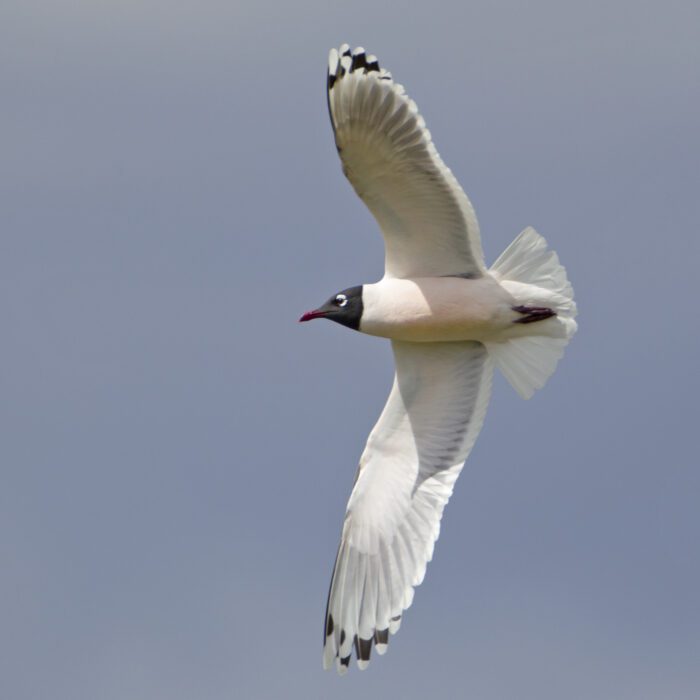


Marbled godwit (Limosa fedoa) is a large and unique shorebird, with their long, two-toned bill which is lightly upturned.


Named after the Arctic explorer Sir John Franklin, adult birds display a distinctive plumage featuring a black hood, dark gray back, and white underparts. They have a red bill, bright red legs, and a white eye ring. Outside the breeding season, their hood fades, revealing a white head with a dark smudge behind the eye. Juveniles resemble non-breeding adults but with mottled brown plumage and a dark bill.


Wilson’s Snipe is a migratory shorebird that is widely distributed across North America, inhabiting a variety of wetland habitats such as marshes, bogs, swamps, and meadows.


Written by Peter Pearsall/Photo by Peter Pearsall The American coot, scientifically known as Fulica americana, is a medium-sized waterbird found throughout North America. Despite its duck-like appearance, the American coot is


A boldly colored member of the New World blackbird family, the Bullock’s oriole is a thrill to behold as it hops among branches of cottonwoods and other deciduous trees and shrubs, often not far from water, gleaning insects and other invertebrate prey.
View our profile to learn more about our non-profit transparency.
Learn how you can get a qualified tax credit with your donation.
Donations are used across the Refuge for a variety of projects and programs that support our mission.